The event brings together leading experts from the UK and Vietnam to share the latest medical advances, aiming at the comprehensive goal of treating head and neck cancer: completely removing tumors, restoring vital functions and restoring aesthetics for patients.
According to the US National Institutes of Health (NIH), head and neck cancer is currently the 7th most common cancer worldwide. In Vietnam, the number of cases under 40 years old has doubled in the past 10 years, showing a worrying trend of rejuvenation.
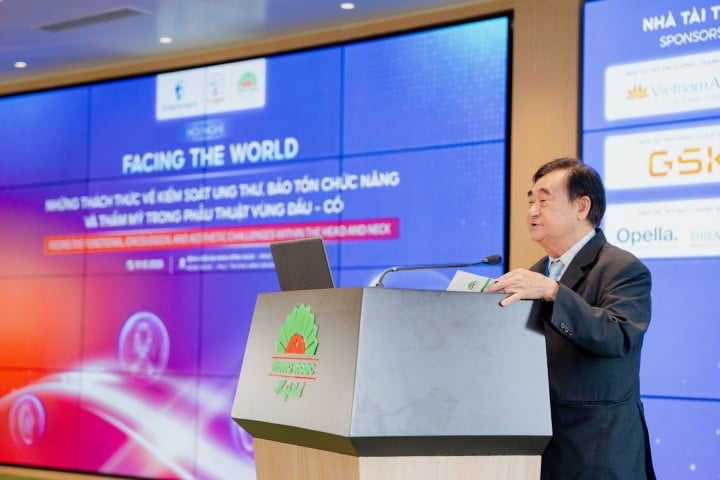 |
| Prof. Dr. Nguyen Dinh Phuc, Chairman of Hanoi Otorhinolaryngology Association spoke at the event. |
Head and neck tumors can appear in many important locations such as the throat, larynx, oral cavity, sinuses, parotid gland, thyroid gland..., directly affecting vital functions such as eating, breathing, speaking and even the patient's appearance. This poses a "three-goal" problem in surgery: completely eliminating the tumor, preserving function and ensuring aesthetics.
The conference was organized by Facing The World Organization (UK), Hanoi Otorhinolaryngology Association and Hong Ngoc - Phuc Truong Minh Hospital, with the participation of more than 150 doctors and experts from many major medical facilities at home and abroad. The event included 4 professional sessions with 12 scientific reports, updating advanced techniques in cancer treatment and head and neck reconstruction.
In his opening speech, Dr. Nguyen Dinh Hung, Deputy Director in charge of the Hanoi Department of Health, emphasized the role of international cooperation in updating modern treatment techniques and building an advanced, humane medical system. He highly appreciated this conference as a step forward in technology transfer and sustainable capacity development for the medical team.
Sharing at the event, Prof. Dr. Nguyen Dinh Phuc, Chairman of the Hanoi Otorhinolaryngology Association, said that head and neck cancer is a very complex group of diseases, because it involves many essential organs, tends to spread locally but rarely metastasizes to distant areas. Treatment therefore requires high technology and interdisciplinary coordination. With current medical advances, surgery does not only stop at removing tumors but can also reconstruct the structure and restore function for the patient.
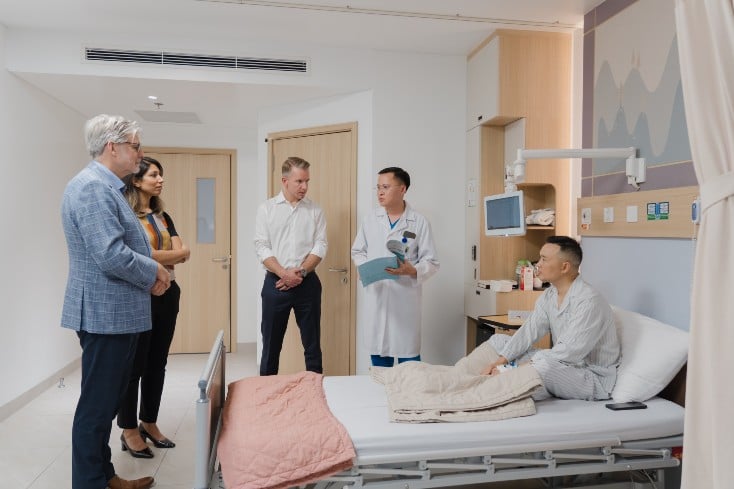 |
| Doctors are consulting with patients. |
Ms. Katrin Kandel, Executive Director of Facing The World Organization, said that the Facing The World conference series is organized to support the improvement of head and neck surgery capacity and facial deformity in Vietnam. Through training, technology transfer and international cooperation, we hope to bring better and more lasting treatment opportunities to patients and help Vietnamese doctors access global treatment standards.
At the Conference, Dr. Peter Clarke, Chairman of the Department of Laryngology and Rhinology, Royal Society of Medicine, UK, presented the challenges in treating nasopharyngeal cancer, a rare group of diseases whose symptoms are easily confused with benign sinusitis, often causing a delay in diagnosis.
From Vietnam, MSc. Dr. Nguyen Xuan Quang, Head of the Department of Otorhinolaryngology - Head and Neck Surgery, Hong Ngoc General Hospital, introduced the results of a comparative study between two thyroid surgery methods: traditional open and endoscopic through the mouth. The study showed that the endoscopic technique is less invasive, does not leave scars on the skin, and brings more optimal treatment and aesthetic results for patients.
Post-operative reconstruction techniques were also presented in the next session. Dr. Francesco Riva, a British maxillofacial surgeon, shared his experience in using appropriate skin flaps to reconstruct defects after jaw cancer surgery, helping to restore chewing function and improve facial appearance.
In addition, Dr. Sarah Al-Himdani presented the facial nerve reconstruction technique, Dr. Florian Bast shared the open structural rhinoplasty method, and Master Bui Tuan Anh, Hong Ngoc General Hospital presented the small ear reconstruction technique using autologous rib cartilage.
The conference also introduced a special clinical case of patient Pham Duy Loan (69 years old), diagnosed with external auditory canal cancer, a rare disease (accounting for only 0.2% of head and neck cancers). The patient was hospitalized with severe headache, dizziness, and mild paralysis of the left side of the face. The tumor had invaded the temporal bone and compressed the VII nerve, the nerve that controls facial muscle movement.
The surgery was performed by Dr. Nguyen Thi Hoa Hong and the team at Hong Ngoc Hospital. The team of doctors coordinated with other specialties, using ultrasonic knives and modern Carl Zeiss microscopes to dissect the deeply invasive tumor, while preserving the VII nerve.
Doctors also use a neuroimaging probe (NIM) to precisely locate and avoid damaging facial motor function and the meninges. The incision is located behind the ear and is sutured aesthetically to ensure the physical appearance after treatment.
As a result of the surgery, the patient was completely free of facial paralysis, and retained the ability to chew and live normally after only 1 week. After 1 month, MRI scan showed no recurrence of the tumor, indicating that the surgery had completely removed the cancer.
Source: https://baodautu.vn/chinh-phuc-khoi-u-dau-co-cuoc-cach-mang-trong-phau-thuat-bao-ton-va-tai-tao-d415792.html


![[Photo] General Secretary To Lam and his wife begin their official visit to Bulgaria](https://vphoto.vietnam.vn/thumb/1200x675/vietnam/resource/IMAGE/2025/10/23/1761174468226_tbtpn5-jpg.webp)

![[Photo] Comrade Nguyen Duy Ngoc visited and worked at SITRA Innovation Fund and ICEYE Space Technology Company](https://vphoto.vietnam.vn/thumb/1200x675/vietnam/resource/IMAGE/2025/10/23/1761174470916_dcngoc1-jpg.webp)
![[Photo] Da Nang: Shock forces protect people's lives and property from natural disasters](https://vphoto.vietnam.vn/thumb/1200x675/vietnam/resource/IMAGE/2025/10/22/1761145662726_ndo_tr_z7144555003331-7912dd3d47479764c3df11043a705f22-3095-jpg.webp)

![[Photo] Award Ceremony of the Political Contest on Protecting the Party's Ideological Foundation](https://vphoto.vietnam.vn/thumb/1200x675/vietnam/resource/IMAGE/2025/10/22/1761151665557_giaia-jpg.webp)
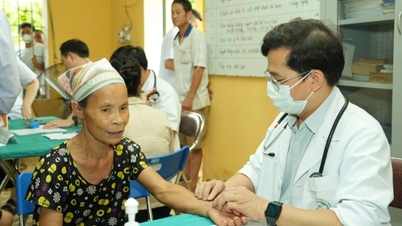



![[Infographic] 8 cancers related to tobacco](https://vphoto.vietnam.vn/thumb/402x226/vietnam/resource/IMAGE/2025/10/18/1760748667221_anh-chup-man-hinh-2025-09-26-110-2182-jpg.webp)








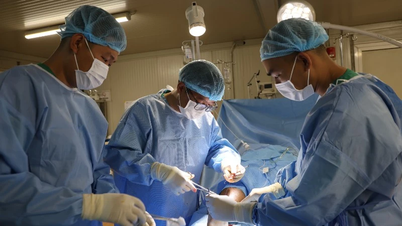

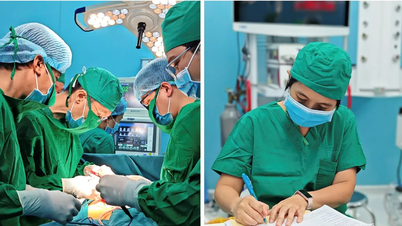

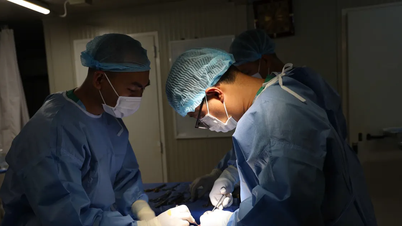






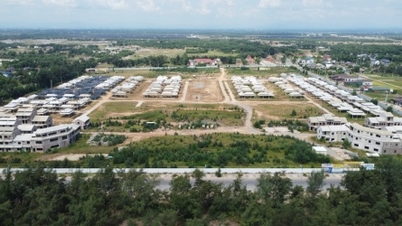

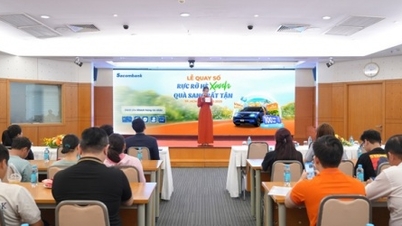
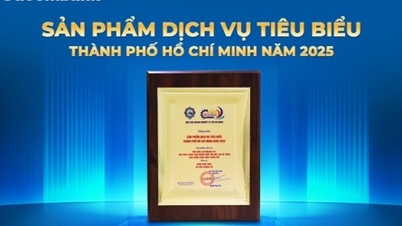









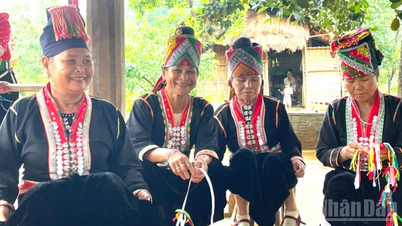


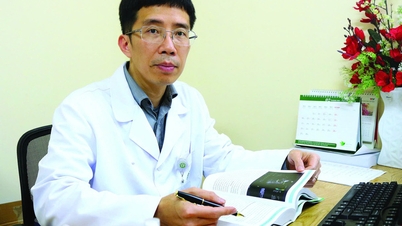

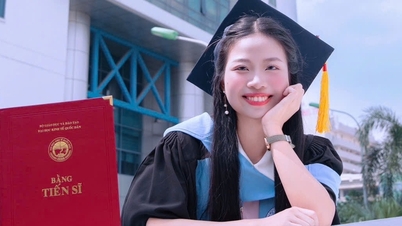

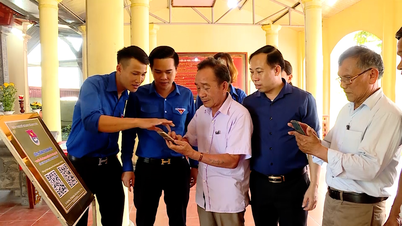

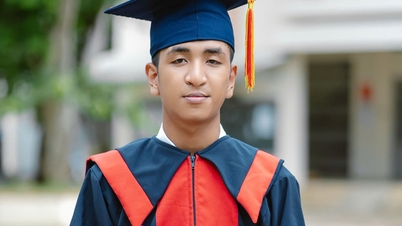
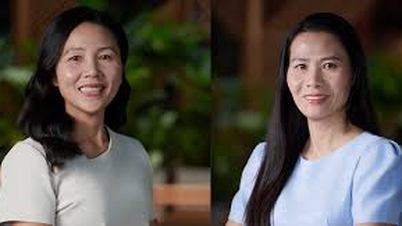
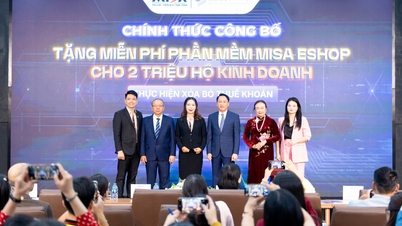



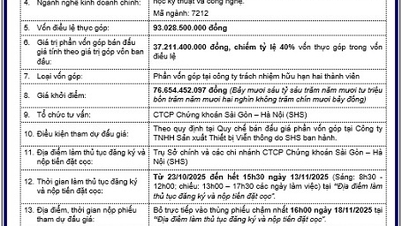
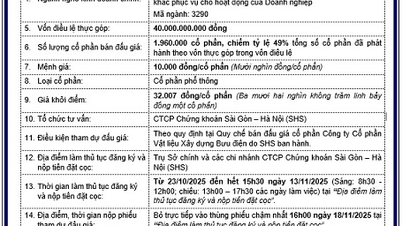












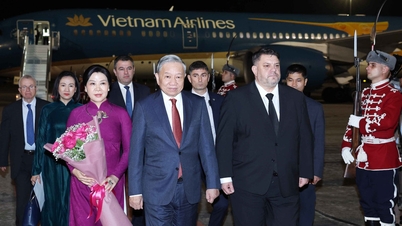
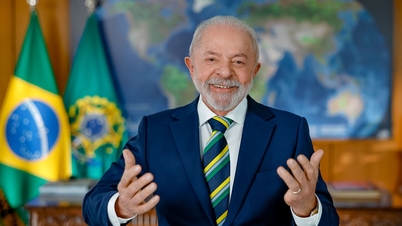




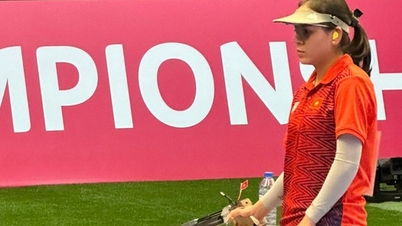
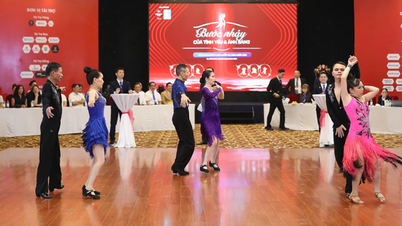
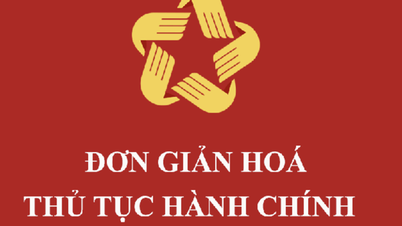
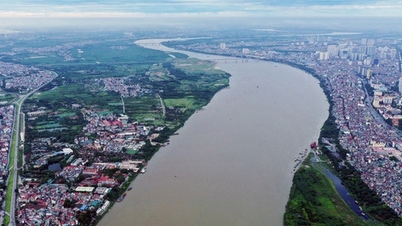
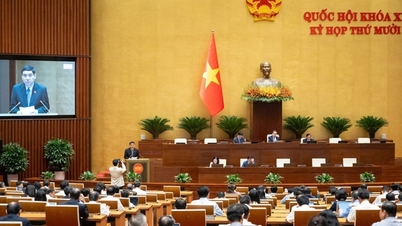
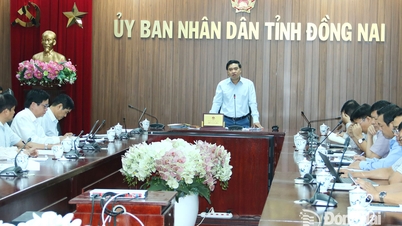




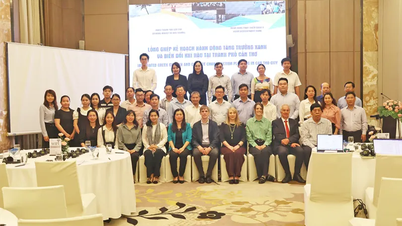

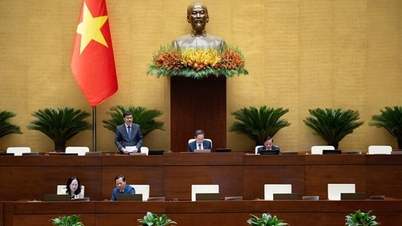
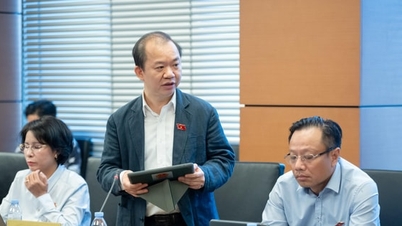














Comment (0)